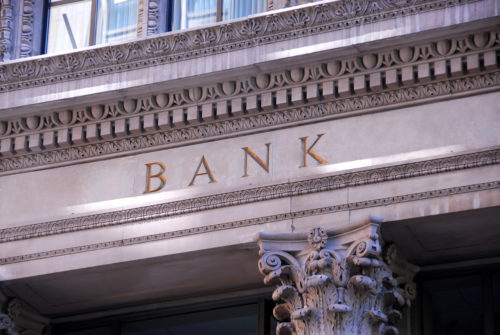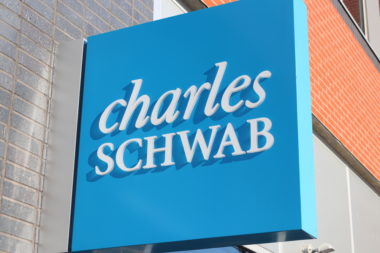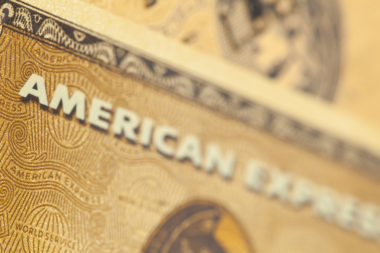In general, banks make money in two major ways: by charging interest on loans and credit products, and by charging fees. Banks pay out interest to those who keep money with them — lenders — but charge higher interest to those who borrow from the bank, giving them a profit margin. While banks advertise that their accounts are free, that simply means there are no monthly fees. Instead, banks make money off of transaction fees and mistakes like overdrafts.
Table of Contents
With Banking Fees
In 1996, the Supreme Court ruled on Smiley v. Citibank, where it was decided that credit card fees were considered interest, changing how they could impose fees. The fees, as a result, spiked. Banks draw people in with the promise of free accounts, where once accounts had monthly maintenance fees. However, the catch is that now banks charge a variety fees. In 2015, the three biggest US banks made more than $5 billion from overdraft fees alone,
It’s also important to note that credit unions, in many cases, charge the same types of fees. They may not charge as much, however, as some credit unions are tax-free organizations. They are typically member-owned, as well, and don’t need to post as much profit as a traditional bank.
Account Fees
Each bank is different. Some banks might have no monthly fees at all, while others might charge a monthly account fee if an account has less than a certain amount of money in it. In many cases, accounts that do charge monthly fees, but these can be waived.
Service Fees
The main source of fees are in the services banks offer account holders. Fees include, but are not limited to:
- ATM fees (plus any fees other banks might charge you for using their ATMs, which are sometimes paid for by your bank)
- Prepayment fees on loans
- Late payment fees on loans, including credit cards
- Stop payment fee
- Fee for withdrawing from a certificate of deposit early
- Fee for talking with a teller, especially if you do not have a premium account
- Lost or stolen card replacement fee
- Inactivity fee
- Fee for not switching to digital statements
- Overdraft protection fee — These work almost like a line of credit, in that the bank will float you the money over what was in your account, but for a charge.
- Printing a check or money order
- Application for loan fee
Credit Card Fees
One important fee to expound on is credit fees. Many of these are similar to account service fees, but there is one that is somewhat hidden from consumers: merchant fees. Banks charge small fees to merchants simply for allowing customers to use a credit card. This often results in products that cost more, or merchants only allowing card use if the customer is spending at least a certain amount of money per transaction. No matter what, though, this is essentially pure profit for the bank.
By Charging Interest
Historically, banks made money from interest, by lending out money to borrowers at a higher interest rate than they pay out to lenders. This is referred to as the net interest margin, or the difference between the lending and borrowing rates that results in a profit for the bank. The interest rate for borrowers is known as an annual percentage rate or APR. This is often affected by your credit score.
While it is still lucrative, and an excellent passive income for the business, it has been overtaken by fees. Still, banks can make more money now then before deregulation.
The 3-6-3 Rule
Before bank deregulation, the joke was that banks operated by the 3-6-3 rule. Borrow money at 3 percent; lend at 6 percent; be at the golf course by 3 p.m.
In other words, banks would pay 3 percent to their lenders, but charge 6 percent interest to their borrowers, a net gain of 3 percent. Because it was a net gain, bankers did not have to work hard at all, and could go to the golf course. Back then, fees were not as large a money maker.
After deregulation, however, they could pay lenders less, charge more interest, and charge more fees. Fees required more work, but were more lucrative, and thus bankers had more work to do.
Types of Bank Loans and Credit Products
Banks offer a wide array of loans and credit products, all of which they make money from interest on. These include:
Image Source: https://depositphotos.com/





